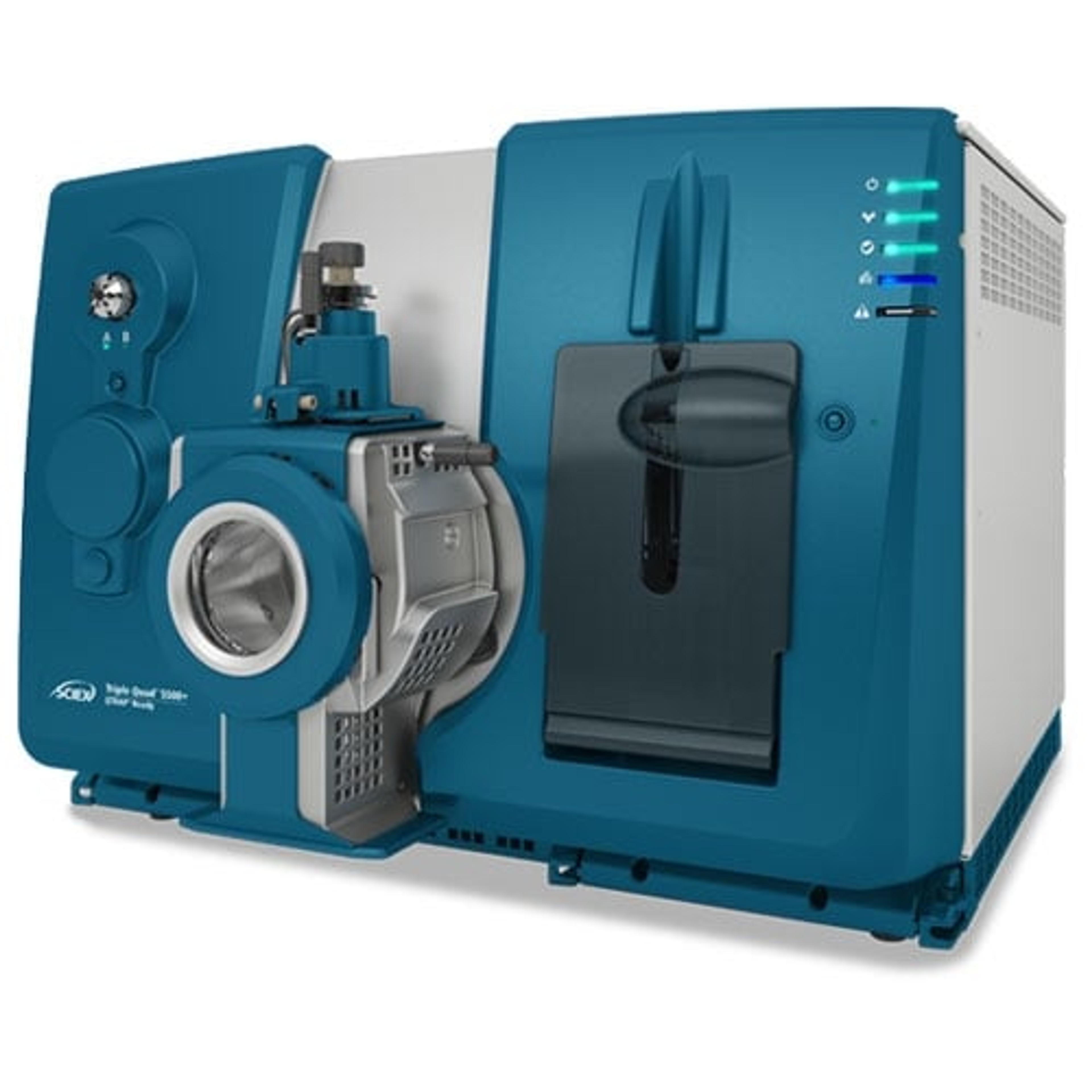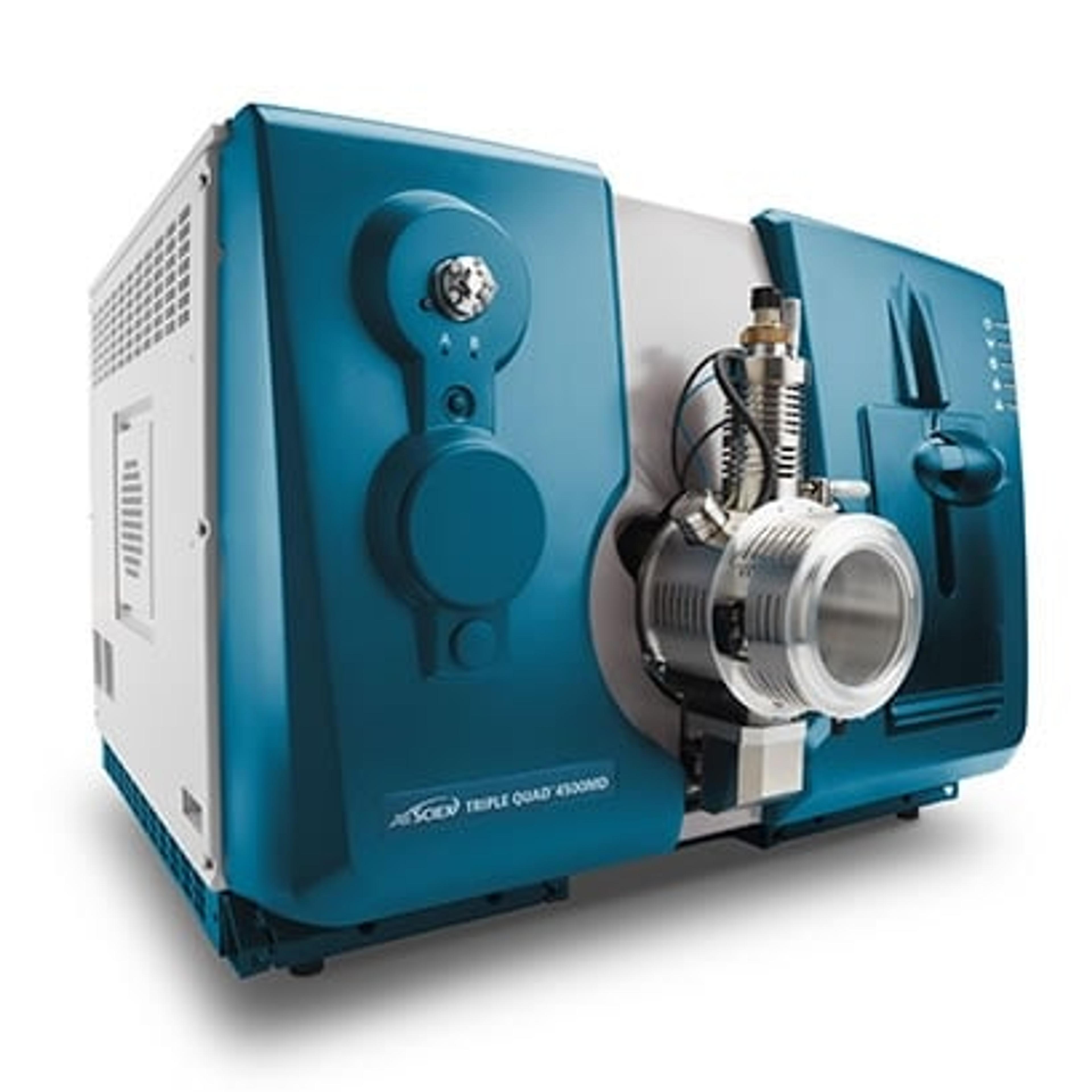Complete solutions for nitrosamine analysis in different sartans and metformin drug formulations by LC-MS/MS
Watch this on-demand webinar to learn more about developing analytical methods in regulated environments to detect unexpected impurities
8 Jan 2021

One of the largest challenges facing the pharmaceutical industry in the coming years is the prevalence of nitrosamine impurities in various drug formulations and products. As this evolves, analytical techniques are necessary to quantitate these impurities within various matrices at challenging levels of sensitivity.
In this on-demand SelectScience® webinar, Jack Steed and Pankaj Partani showcase SCIEX’s solutions to nitrosamine testing using both nominal mass and high-resolution mass spectrometry. Various matrices including sartans and metformin are covered as well as SCIEX’s solution to NDMA and DMF separation, now that this has been implicated by the FDA as possibly elevating results.
Read on for highlights from the Q&A discussion or register to watch the full webinar on demand>>
Watch on demandQ: Which technique is most effective for the detection of NDMA, LC-MS or GC-MS?
JS: You can use both. The main thing to consider is to use a triple quadrupole instead of a single quad method; this gives a higher level of specificity as the molecular weight of the analytes is low. One other thing to consider with GC-MS is the high temperatures — this can result in the breakdown of your samples and produce false positives, but at the moment the authorities are releasing methods on both LC- and GC-MS, so both are relevant.
Q: What diluent would you recommend using for nitrosamine analysis and why?
JS: For nitrosamines in general I would always go for water especially when using LC-MS because usually you have to inject into a highly aqueous mobile phase. However, with metformin analysis, we’ve had to compromise and use a higher concentration of methanol in the diluent due to sample preparation issues. Either water or methanol – while always trying to keep the diluent as close to the starting conditions of the gradient as possible, because at higher organic concentrations we do see a slight loss in sensitivity due to poorer peak shapes which we’ve had to allow for with metformin due to water not being useable as a diluent for some formulations.
Q: Due to the low molecular weight of some of the nitrosamines, how does this work in terms of calibration of the instrument?
JS: Our instruments, in general, calibrate between around 5-2000 m/z although this does vary instrument to instrument. Our lowest calibration standard however does not go down to 5 m/z and so anything <~60 m/z we are extrapolating from the line we’re using. With a couple of the transitions we are going below this down to 43 or 41 but from the data that we have collected for this and other analysis we are comfortable at these low MWs and have even gone below this in some instances, while still achieving accurate and precise quantification.
Q: Can you share more about your experience in non-aqueous systems while injecting 100% methanol?
PP: We have methodology where we use 100% organic in applications to quantify nitrosamines in metformin. The data that we have presented here was collected using a 5500+ analyzing metformin that is specifically dissolved in methanol. Metformin is a highly organic starting variant and most of the nitrosamine quantification was towards the beginning of the run and because of the incompatibility between these two phases difficulties were observed. We have ruled out these difficulties by injecting very low percentages of higher organic in the initial stages of the run.
Q: What other drug products or formulations do you see being brought into the scope of this analysis in the future?
PP: Based on what we understand from market research, we believe biologicals could be brought into scope going forward where the FDA or any regulatory organization looks to interpret nitrosamine or nitrosamine-like impurities. Along with that, when looking at pharma and small molecules, the class of drugs which belong to tyrosine kinase inhibitors; proton pump inhibitors and ARVs could be the potential compound classes which regulators might investigate for the presence of nitrosamines.
Q: Would you recommend performing a limit test or a fully quantitative method?
JS: Usually, regulators are releasing fully quantitative methods, but I have seen one from the European authorities where they are performing a limit test like we’ve done on the 4500 for sartan APIs and so it is all dependent on what you need in your lab. With this analysis there is a hard limit there —it’s got to be below a certain point — so I think the simplest thing to do is a limit test, especially if you’re going through multiple drug products or formulations. It just makes it easier and cheaper for the development and then the validation on the back end. It’s a lot simpler and involves fewer steps to validate a limit test than a fully quantitative method.
Q: Which column phase would you suggest for this analysis?
PP: There are two types of stationary phase we would look at with regards to quantifying nitrosamines and that specifically depends on the nature of API. When polar APIs are present, you may want to use a stationary phase like biphenyl. The polar components will elute at the beginning of the chromatograph and the nitrosamines will (interact with biphenyl stationary phase and retain for longer) giving better resolution between the polar API and the nitrosamine impurities. C18 stationary phases, as well as F5 and biphenyl phases, will support a lot in order to quantify nitrosamine impurities.
JS: If I can just add a little bit to that, in terms of DMF separation we’re using a biphenyl column so I’d say if you’re worried about DMF separation you’re probably either going to have to go to one of the biphenyl or F5 phases to be able to separate the two, because I think it’s really tricky to separate NDMA and DMF with a typical C18 column.
Q: Do you think a UHPLC method is possible to limit the run time of this analysis?
JS: In terms of UHPLC we haven’t done too much. We started off trying to do UHPLC and we realized that because of the high sample concentrations it is quite tricky, but it is all dependent on what your sample is. If you’ve analyzing one of the easier APIs, for example Candesartan, you can possibly use a UHPLC method, but then other sartans aren’t very susceptible to a UHPLC method. I think it’s all dependent on the sample prep because some of the sartans will go into solution more than others, so if you’re performing extraction rather than stabilizing the whole API, then it’s easier to go for UHPLC because all of that concentration isn’t actually in the solution, you’re just extracting the nitrosamines from it. Also, if you’re going to a more sensitive instrument, you’ve got more scope because you can lower your limit and you can dilute your samples more. It’s a bit of a balance but I’d say if you’re doing multiple different APIs or different drug formulations or different products, stick with traditional LC, because you’re going to be able to do more on a single method rather than UHPLC where even between the sartans it’s tricky to have the same method.
Learn more about separating and identifying unexpected impurities in your samples: Watch this webinar on demand here>>
SelectScience runs 10+ webinars a month across various scientific topics, discover more of our upcoming webinars>>


